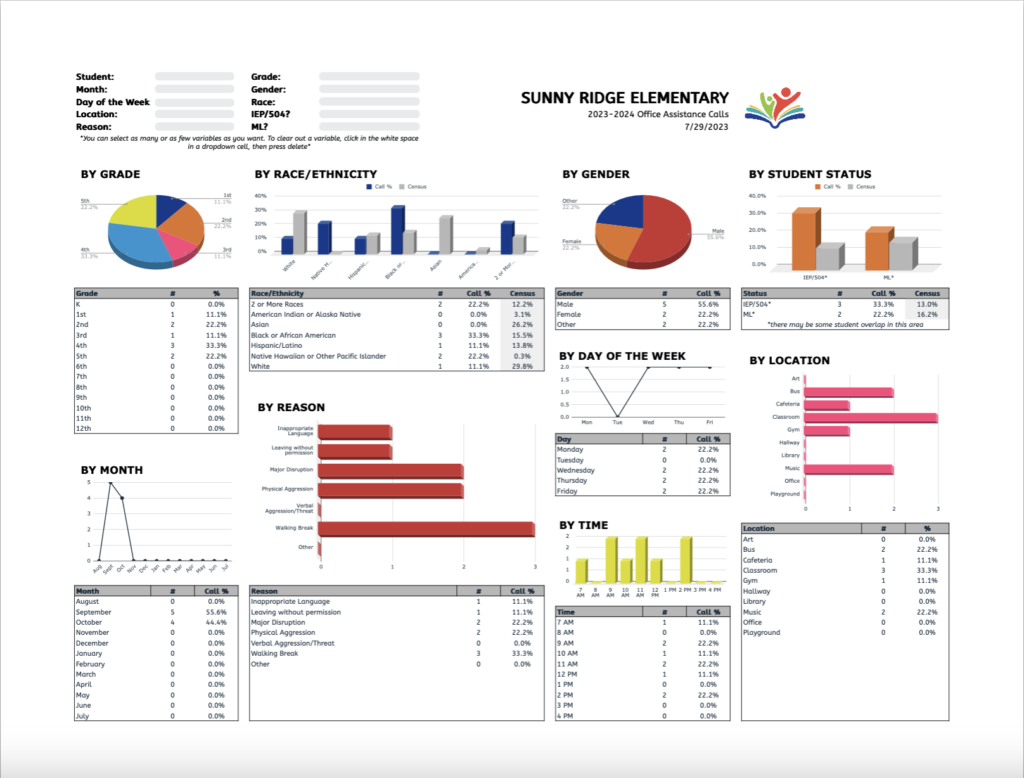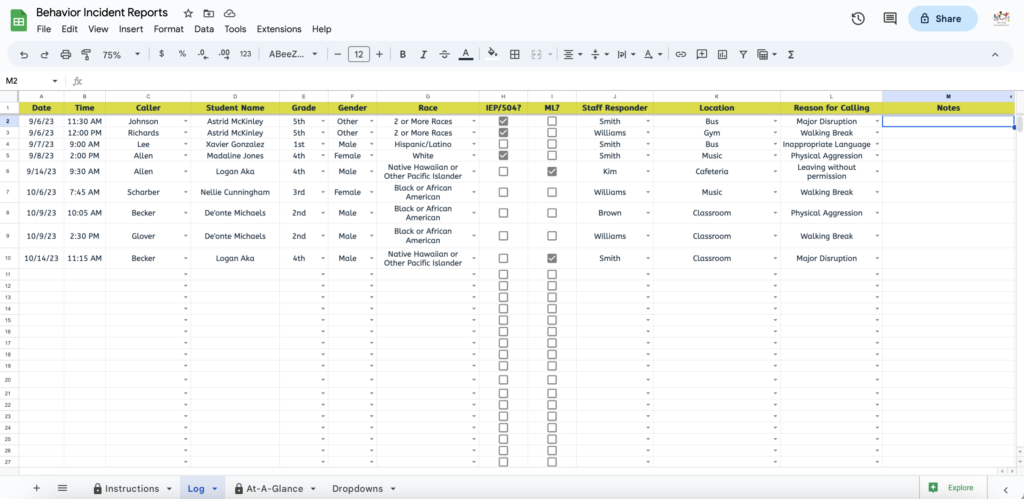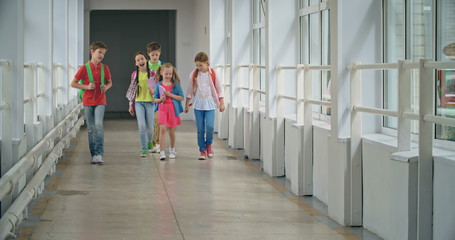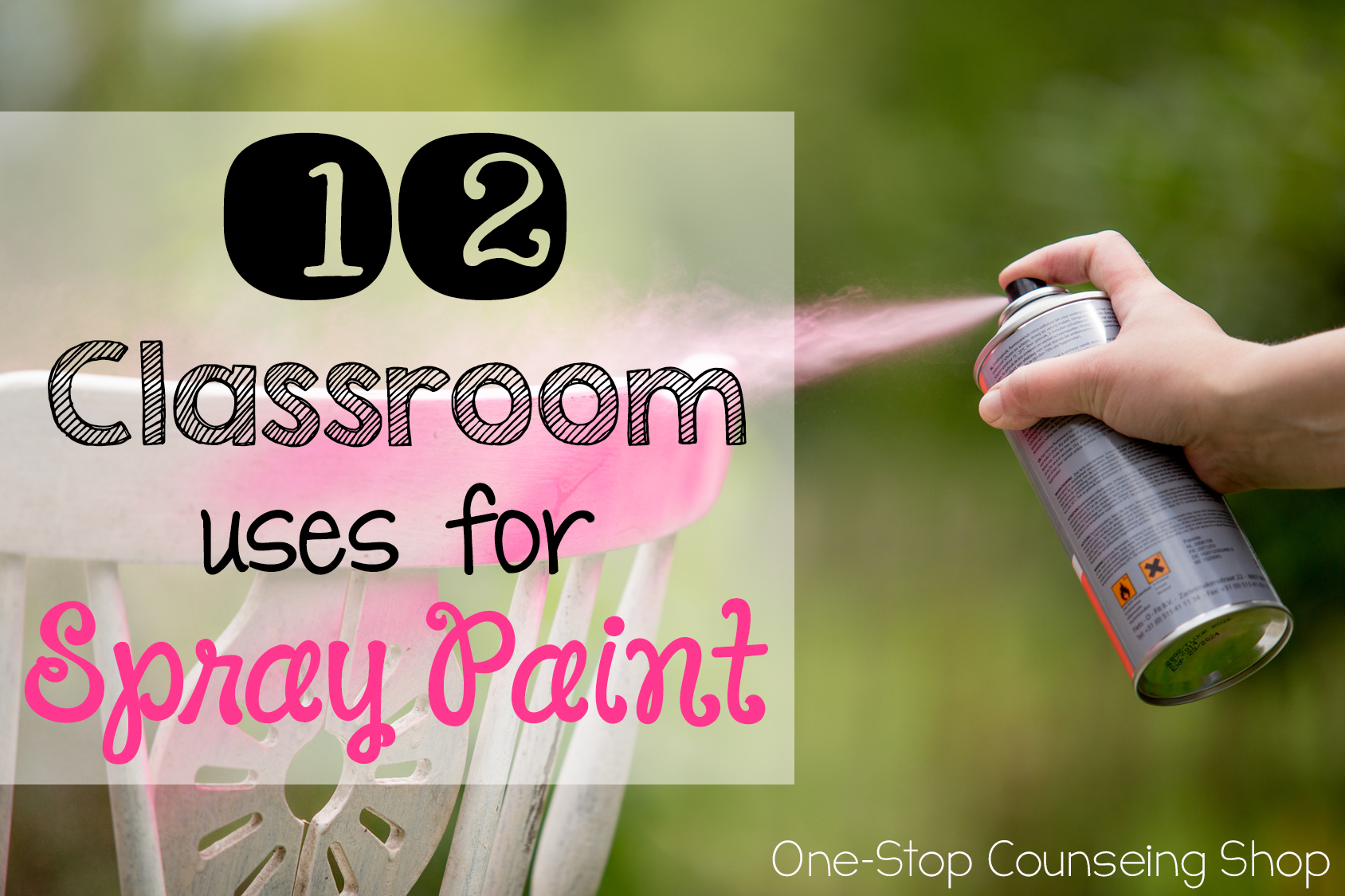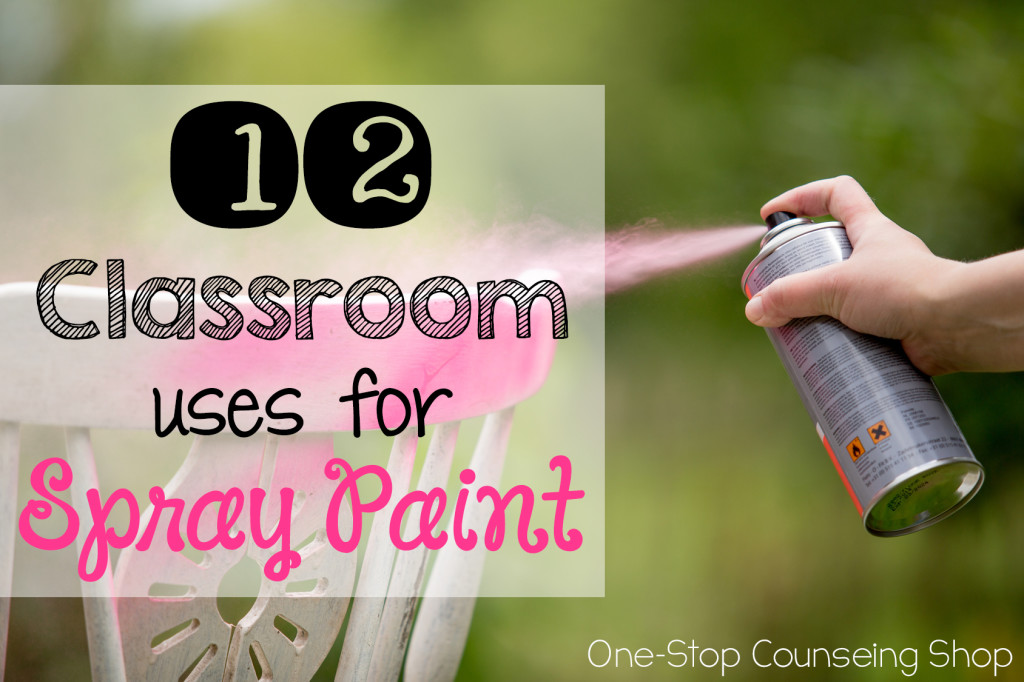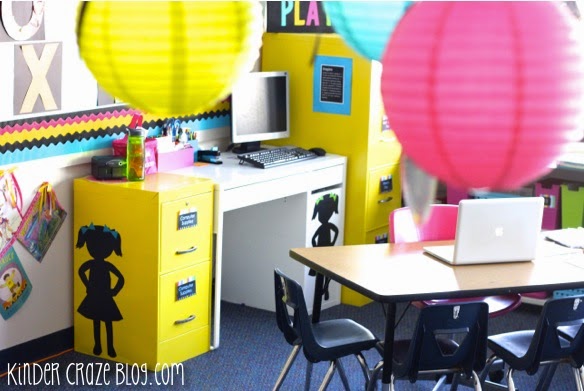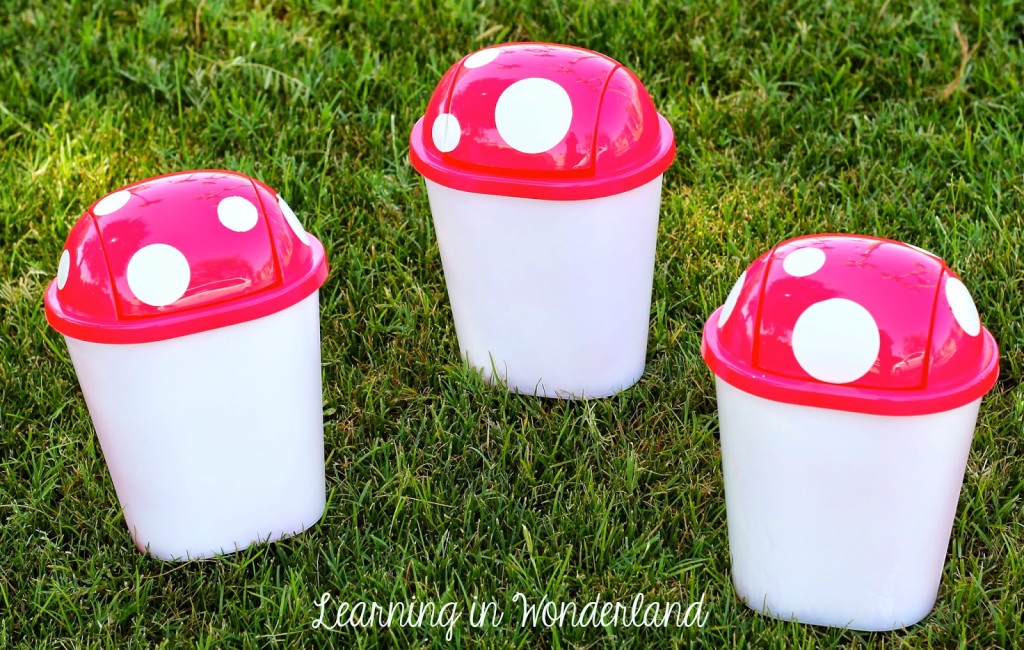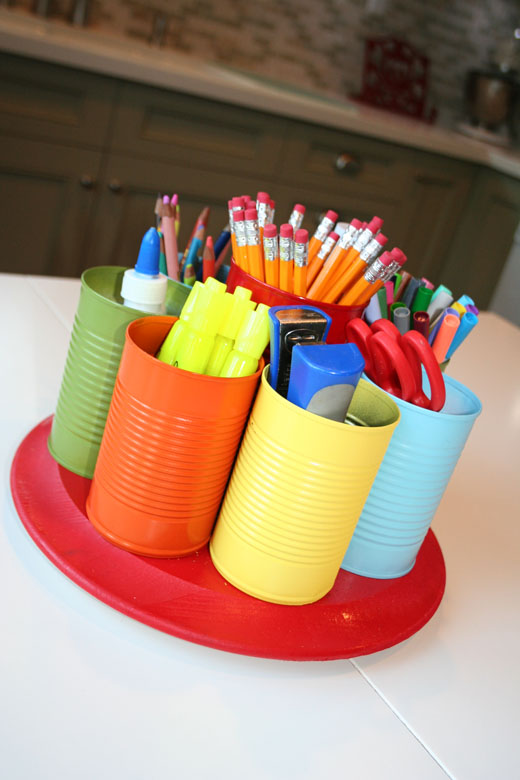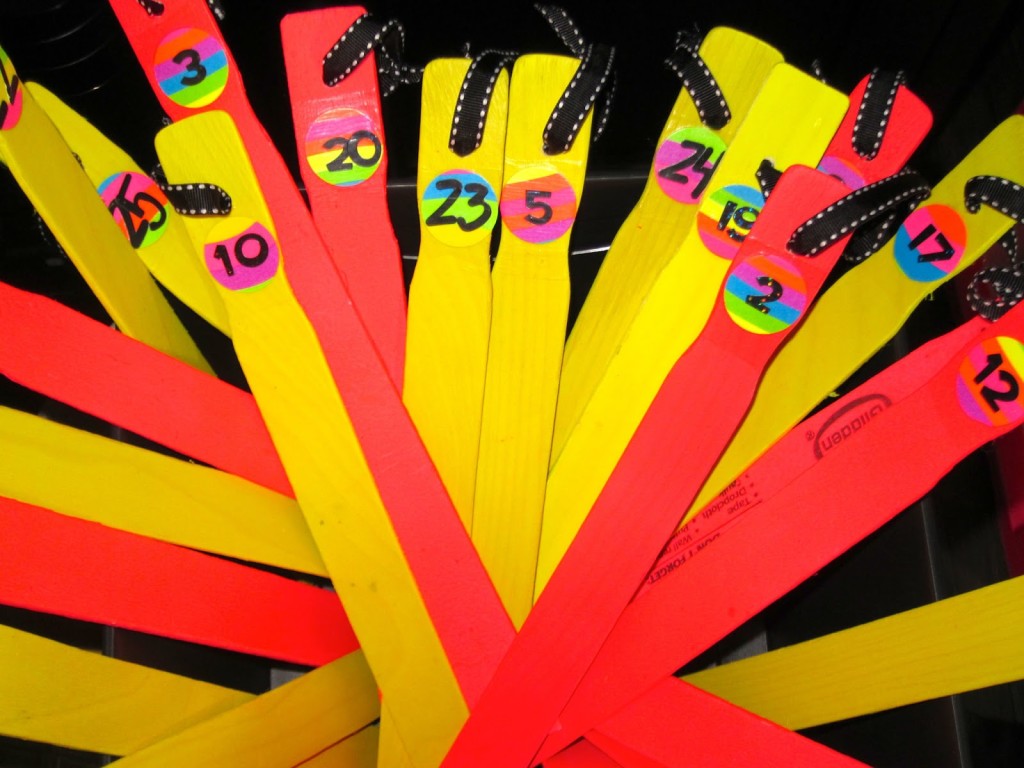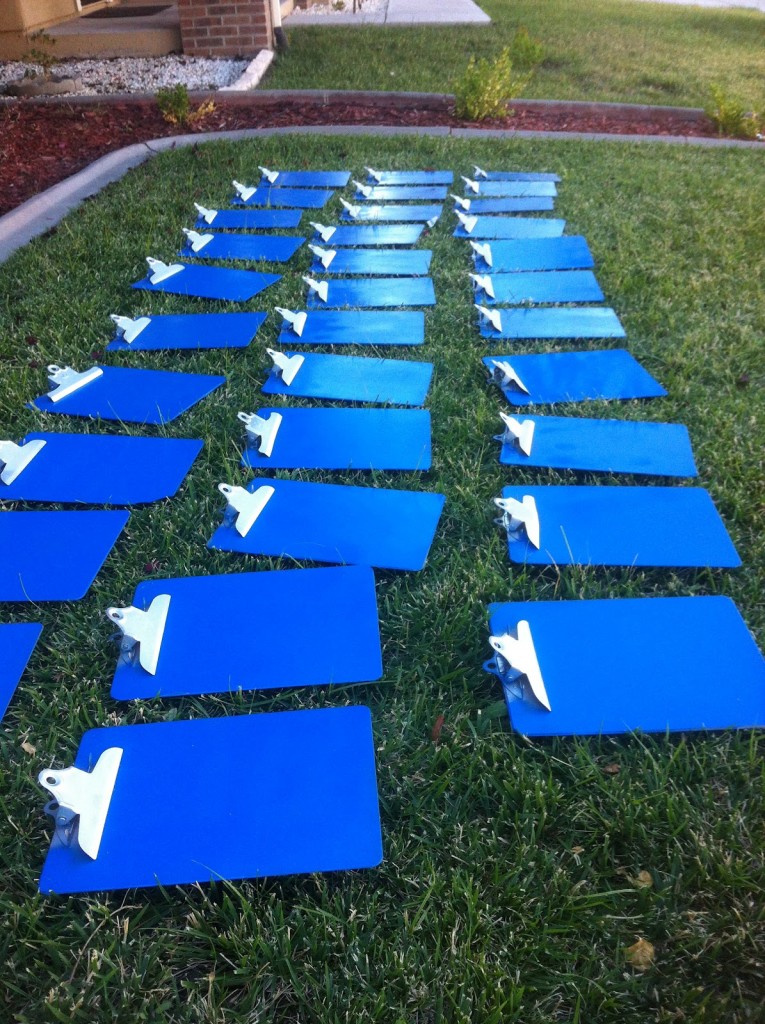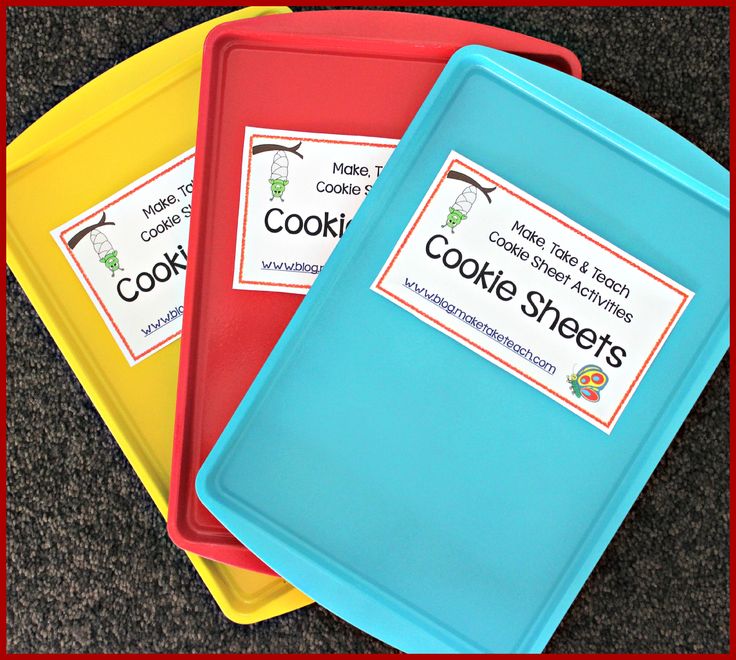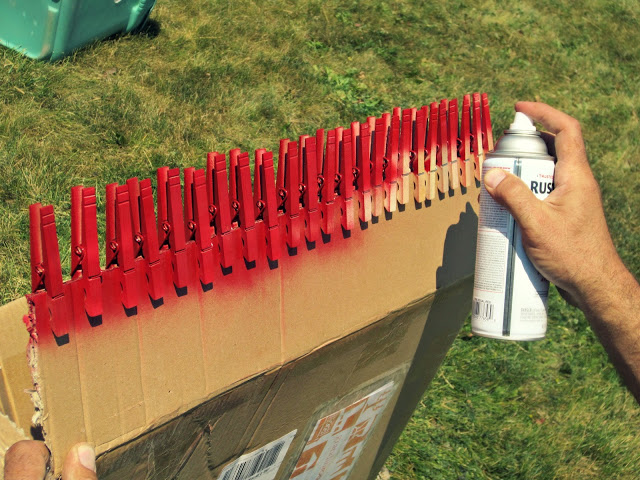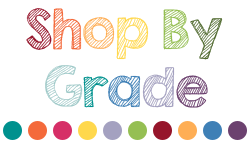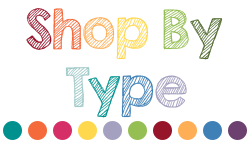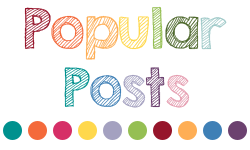
Raise your hand if you spend hours each week talking with students about following the rules. Ha…yeah, pretty much everyone, right?! Behaviors and consequences, detentions, suspensions, time outs, rules, rules, rules. Maybe it’s just me but I seriously feel like school staff are sometimes police officers and referees more than teachers!
After a few years of refereeing and policing, I too felt like I never got any teaching in. The worst part was, I didn’t feel like any of my students were getting any better at following rules. In fact, as the year went on, they got WORSE! Springtime craziness, anyone?! But a couple years ago, I decided I was done. Enough was enough. No more teaching students to follow the rules.
In college, we learned The Kohlberg States of Moral Development. This theory explains that there are 6 stages in the process, and that this development continues throughout life. Research has shown that the higher an individual’s stage of development, the more responsible, consistent, and predictable their behavior.
Schools full of responsible, consistent, predictable students ready to learn sound pretty awesome, don’t they!? The problem is, moral development doesn’t follow expected timeline patterns like physical development does. Most people eventually learn to throw a ball or write their letters, but many adults never reach the higher stages of moral development!
Here’s a quick rundown of the levels:
1. Obedience and punishment orientation (How can I avoid punishment?)
2. Self-Interest Orientation (What’s in it for me? Paying for a benefit.)
People focus on the result of their actions on themselves. Do I get spanked? Get a detention? Get kicked out of school? The worse the punishment for the act is, the more “bad” the act is perceived to be. There’s no thought about how the actions affect others – only the punishment or reward for the individual. This is where many of our students are! This is why, never fail, I ask a student why we have a certain rule or procedure at school, their nearly automatic answer is “because if you do X, you’ll get in trouble.” Sound familiar?
3. Interpersonal Relationships and Conformity (fitting in to social norms; the good boy/good girl attitude)
People focus on the result of their actions on their relationships with others. Do people like me? Do my parents/teachers/friends think this behavior is good or funny?
4. Following Authority & Maintaining Social Order (How can I keep peace in my environment?)
People focus on performing certain behaviors because “it’s the law” or because it helps maintain a functioning society. When someone breaks the law, it’s morally wrong regardless of what the law is. The law is the law. Most active members of society remain at stage 4.
5. Social Contract Orientation (democracy)
People focus on laws or moral standards being more of a guideline rather than rigid extreme. Laws that don’t help the most amount of people should be changed. Agreement is reached through majority decision and compromising (compromise…wouldn’t that be awesome for our students to learn!?)
6. Universal Ethical Principles (conscience)
People focus on social justice. A commitment to justices carries with it an obligation to disobey unjust laws. People behave in ways not because it avoids punishment, or is in their personal best interest, but because it is “right.” Empathy lives here. Very few adults consistently operate at this stage.
So, back to classrooms. Moral development is arguably a major reason the education system exists. We want students to learn to read, write, and do math, but we also want students to care about others, respect others, and become justice-seeking members of society. Nevertheless, so much attention and emphasis is placed only on actions and consequences or following rules because they’re the rules, that we seldom even talk about why certain rules exist, or how our actions affect others. For students, it’s always about avoiding trouble or earning a reward. Yet as teachers, we have the responsibility to help students live up to their fullest potential. We should hold ourselves to a higher moral standard!
Here’s a practical example. At our school, students are expected to walk silently in the hallway, voices off, hands folded behind their back.
Stage 1 – Because if we run, are loud, or touch things on the walls we’ll get in trouble
Stage 2 – Because if we follow the rule, we might earn a ticket for our classroom lottery!
Stage 3 – Because my teacher likes it when I follow the rules
Stage 4 – Because if all students ran or were loud, the building couldn’t function. Rules are the rules.
Stage 5 – Because the staff discussed problems we had in our hallways and the majority voted for these rules because they would solve the problems. Not everyone agreed, but most did so it’s a good way to go.
Stage 6 – These rules help a lot of people – hallways are quiet so students can learn and teachers can teach, students are messing with other people’s work that may be hanging in the hallway, and students are walking so people won’t get bumped into or injured. However, there may be times or situations where these rules wouldn’t be appropriate. For example, certain students with disabilities might not be able to comply. Some students with sensory processing difficulties may “ground” themselves by sliding along the wall as they walk. Some students who have been abused may feel vulnerable keeping their hands behind their back. These students shouldn’t automatically be written up for failing to comply. Allowing some exceptions to the rule may lead to the hallway being a bit less orderly or louder at times, but it might be the right thing to do in certain situations.
As you can see, there are lots of different way to think about every school “rule” we have. However, the vast majority of conversations between teachers and students involve behaviors and their positive or negative consequences for the individual. Very rarely to students discuss the concepts of social justice, social contracts, or compromising found in levels 3+. Teachers fall into traps of sticking in levels 1 and 2, and saying things like:
“If you do that one more time, I’m sending you to the office!”
“If you don’t finish your homework, you’re staying after school!”
“Students who are following the rules in the cafeteria will get to go to recess first!”
“If you say mean things to people, you’ll get a detention.”
“The next person to blurt out will get an automatic discipline referral.”
So back to my original thought – I’ve stopped teaching the rules. I don’t focus my kids on how to avoid trouble or get rewards, or tell them to follow the rules because “that’s our school rule!” Instead, my students and I do this:
1. Ask “why”
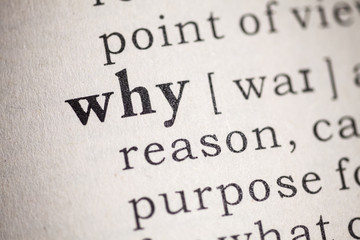
As soon as a student “breaks a rule,” the first thing I do is ask them why that rule exists. “Why can you run in the hallways at home, but not at school?” “Why do teachers care so much if students do their homework?” “Why can’t we constantly get out of our seat and roam around the classroom during lessons?” “Why do we keep our hands to ourselves?” Why? Why? Why? My Speech-Language Pathologist friends will tell you the “why” questions are the hardest for children to answer. They require reasoning and critical thinking – skills that won’t develop without practice. What a great opportunity to encourage that practice!
2. Focus on relationships and the environment
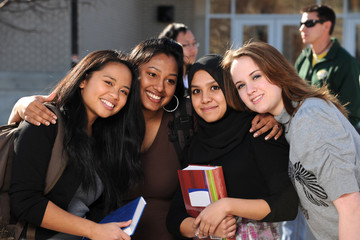
Our students may never operate on levels 5 and 6, but they’ll hopefully someday get to 3 and 4! Levels 3 and 4 are all about relationships and maintaining social order. We want rules to be more about working cooperatively, treating others with respect, and contributing to an environment that fosters learning, rather than “staying out of trouble.” The reason we don’t roughhouse at recess is because people could get hurt and students may feel unsafe. We wait for our table’s turn at lunch to dump our trays because if everyone got up at once, there’d be a huge traffic jam at the garbage and it would take longer. We don’t kick the basketballs because they might break. Then other students wouldn’t be able to use them for recess or PE classes couldn’t use them for PE. Try to shift the focus of every rule on how it helps others or fosters a conducing learning environment.
3. Make social contracts
Toward the beginning of the school year, I always develop some type of a classroom/group contract. We vote on what “rules” are most important (but I get the final say) and we talk about why we think each rule is important. You’d be amazed how much more the kids police themselves and each other when they were the ones to develop the expectations to begin with – and it’s good practice for stage 5! Which brings me to the next step…
4. Emphasize natural consequences
As often as possible, allow natural consequences to occur for negative behavior. As teachers, we often want to control every little thing that happens in our classroom. However, sometimes that leads to us stopping a situation before a student experiences the natural consequence. Obviously, this wouldn’t apply in a bullying or safety situation. If a student starts working ahead and does the activity incorrectly, let them earn the poor grade or be required to redo it correctly. If a student was picking their nose, if it’s appropriate, let their classmate say something to them about using a Kleenex. If a student left their ____ at home, let them live through the consequences, when appropriate, for not having it at school rather than having mom or dad bring it. If we always try to protect students from the consequences of their choices, it takes much longer for them to move through the development stages.

We also often forget the power of social consequences. Assuming no disabilities, power differences, or other reasons why a social consequence wouldn’t be appropriate, sometimes a peer calling a student out for a particular behavior is significantly more effective than an adult. We don’t have to referee every single social situation. However, do make sure students have opportunities to practice giving and receiving feedback in appropriate, private, compassionate ways. A student being humiliated by a peer in front of the entire class for something won’t do anything good.
5. Process afterwards
When a student deals with negative consequences for a poor choice they made, talk about it with them. “Did you see how Johnny responded to you when you called him a name? How do you think that will affect your relationship with him? How did your words affect him?” “How did not having your work done from yesterday affect you during the math lesson today?” “How did the other students in the class react when you started screaming and throwing your supplies?” Being explicit about the effects of their behavior both on themselves, but more importantly ON OTHERS will help students start to grow toward stages 3 and beyond. Just be careful not to phrase things in a passive aggressive or sarcastic way: “Did you SEE how you disrupted the whole class?” “Sorry you slipped and fell. See now why we don’t run in the halls!?” Instead, keep it neutral and unemotional. Just the facts, Jack!
6. Fair isn’t equal
We’ve probably all seen this graphic:

The funny thing about fair and equal is that kids often seem to get the concept better than adults. Kids know the student with behavioral outbursts and Autism may have slightly different behavioral expectations than they do. They get that some kids go to social work groups or take medicine at lunch and others don’t. The amazing thing about kids is that once they understand that some students may have different needs, they’re usually the first one to make sure those needs are met when there’s a substitute or someone else who doesn’t know “that kid does something different.” The moment an adult says, “Johnny doesn’t have to keep his hands behind his back in the hall because he and I have a different system,” or “Samantha sits in a chair instead of on the carpet during circle time because it’s something her parents and I worked out,” it usually stops being an issue pretty quickly. Kids are ok with different expectations for different kids. They just need to know YOU’RE ok with it too! Acknowledging that rules are not black and white for every single situation will help students to get ready for levels 5 and 6.
A great activity for that: Ask your students to pretend they have an injury. Then, ask each one to describe where they are hurt (cut my finger, scraped my knee, stubbed my toe, etc). Regardless of what the student says, place a bandage on their upper arm. Then, explain you’re treating everyone fairly by giving everyone the same thing. At least one student will say that they don’t all need the bandage there and boom: fair does not mean equal.

My constant quote about this is: “My job isn’t to make sure all kids get the same thing, but to make sure all kids get what they need. Just like how all kids don’t wear glasses, or go to speech, or need resource class.”
7. Smile at the negotiators
You know those kids who are constantly trying to get around rules or figure out ways they can change them up? They’re trying to make sense of the moral grey areas in the world. This type of questioning and thinking is level 5 and 6 territory – but it’s also super trying for adults, so I feel ya! But rather than rolling your eyes, telling them to stop arguing with you, and saying they should just accept things the way they are, stop, smile to yourself, and talk with them. Ask them the questions. Let them do the growing. “How could we achieve the goal of having a quiet school hallway, but also be more flexible with hallway rules?” “What will you need to do if you’re allowed to sit by your friends at lunch to make sure the cafeteria stays safe and orderly?” “What do you think would happen if we only had recess all day long and never did spelling?” Make THEM do the thinking. Then if you can, give them opportunities to follow “adjusted” rules and see how the consequences turn out. “Let’s see how not having assigned seats during study hall works.” Maybe we have to go back to the original rule!
But the bottom line is that moral development is “messy.” It means teachers don’t always prevent students from making behavioral mistakes. It means negotiations. It means occasional social consequences or “it’s not fair” conversations. It means honest discussions about why certain rules exist and what their ultimate purpose is. It means that I even sometimes even have to adjust the steps I just gave you for some of my kids with certain disabilities! Sorry! It’s messy. Dr. Martin Luther King once said, “True peace is not merely the absence of tension: it is the presence of justice.”
I’m going to play off his words and say the following: “School isn’t about creating militarized kids who unquestionably follow orders. It’s about creating a society of individuals who can show empathy, compromise, develop positive relationships with others, ask tough questions, and work for a fairer, more just society. And it’s about giving all our kids what they need to grow in their own moral development.”



